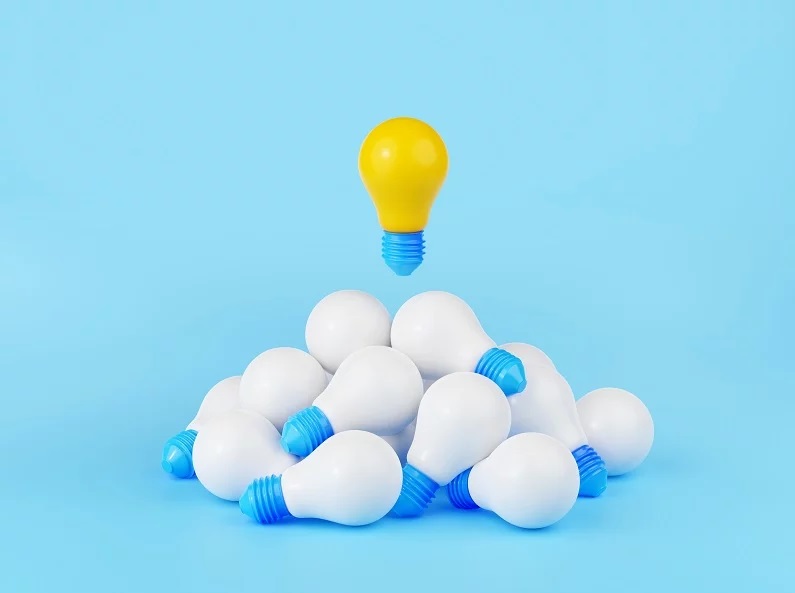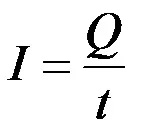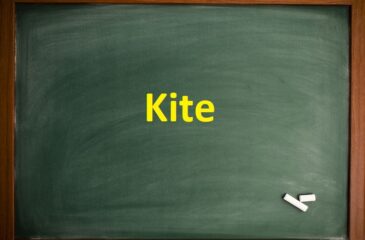Electric current is the directed movement of electrical charges under the action of an electrical field! Electric current is the phenomenon that is considered the greatest achievement in the field of physics. If an electric field of opposite polarity is apply to a given material from two of its opposite sides, then its electric charges begin to move from one side to the other (towards + or -) about its charge).
Carriers
Electric current carriers can be:
- Free electrons
- Positive ions – cations
- Negative ions – anions
To understand electric current you must know all about the constituent parts of an atom!
- Solid aggregate state – free electrons
- Liquid aggregate state – positive and negative ions
- Gaseous aggregate state – positive ions and free electrons
Electrolysis is a procedure in which electric charges are obtained in liquids!
Ionization is a procedure in which electric charges are obtained in gases!

Conductors, insulators and semiconductors of electric current
Materials that by themselves have enough free electrons (or ions) under normal external conditions (temperature, pressure, humidity… etc.) can easily conduct electric current. Of these, metals are generally the best conductors. These materials are conductors of electricity. The best conductor is silver! The top four conductors are silver, copper, gold and aluminum!
Materials that by themselves do not have sufficient electrical current carriers under normal external conditions cannot transmit electrical current. These materials are insulators. The best insulators are rubber, plastic, glass, styrofoam, water, etc.
Interesting fact! Water (water with a pure chemical composition) is an insulator of electric current! But if certain impurities (additives) are in the water, then the water (together with the additives) becomes a very good conductor!
The third type of materials are semiconductors. These materials behave as insulators under “normal” external conditions. On the other hand, under some external influences, their carrier level may increase and they may begin to transmit it. External conditions that can “activate” semiconductors are:
- Increased temperature
- Increased pressure
- Increased humidity
- Exposure to bright light
- Exposure to cosmic radiation
Materials that are semiconductors are silicon and germanium!
Strength of electric current
Electric current strength (one of the seven basic physical quantities) represents the amount of electricity that passes through the cross section of a given conductor for a certain time. In a simple way, we can imagine carriers passing through the cross-section (thickness) of a certain conductor for a certain time. It is more than clear that if ten electrons pass in one second there is a certain current, while if a thousand electrons pass through the same conductor then that current will have a much higher strength than in the first situation.
Strength have the sign I, quantity of electricity by Q, and time by t.
The formula that is in use to calculate the strength is:

The basic unit of measure for strength is one ampere (1A – in honor of Andre Marie Ampere – French physicist). The electric current flowing through a given conductor has a strength of one ampere, if an amount of electricity of 1C (one coulomb – the basic unit of measure for the amount of electricity) passes through its cross-section, in a time of one second.
Follow the information and materials that will be published in the future by connecting the www.matematikazasite.com/en profiles on Facebook, and Youtube using the buttons below.
Tags: Carriers, Conductors, Current, Electric, Electron, Insulators, Ions, Negative, Positive, Semiconductors


 Please wait...
Please wait...

